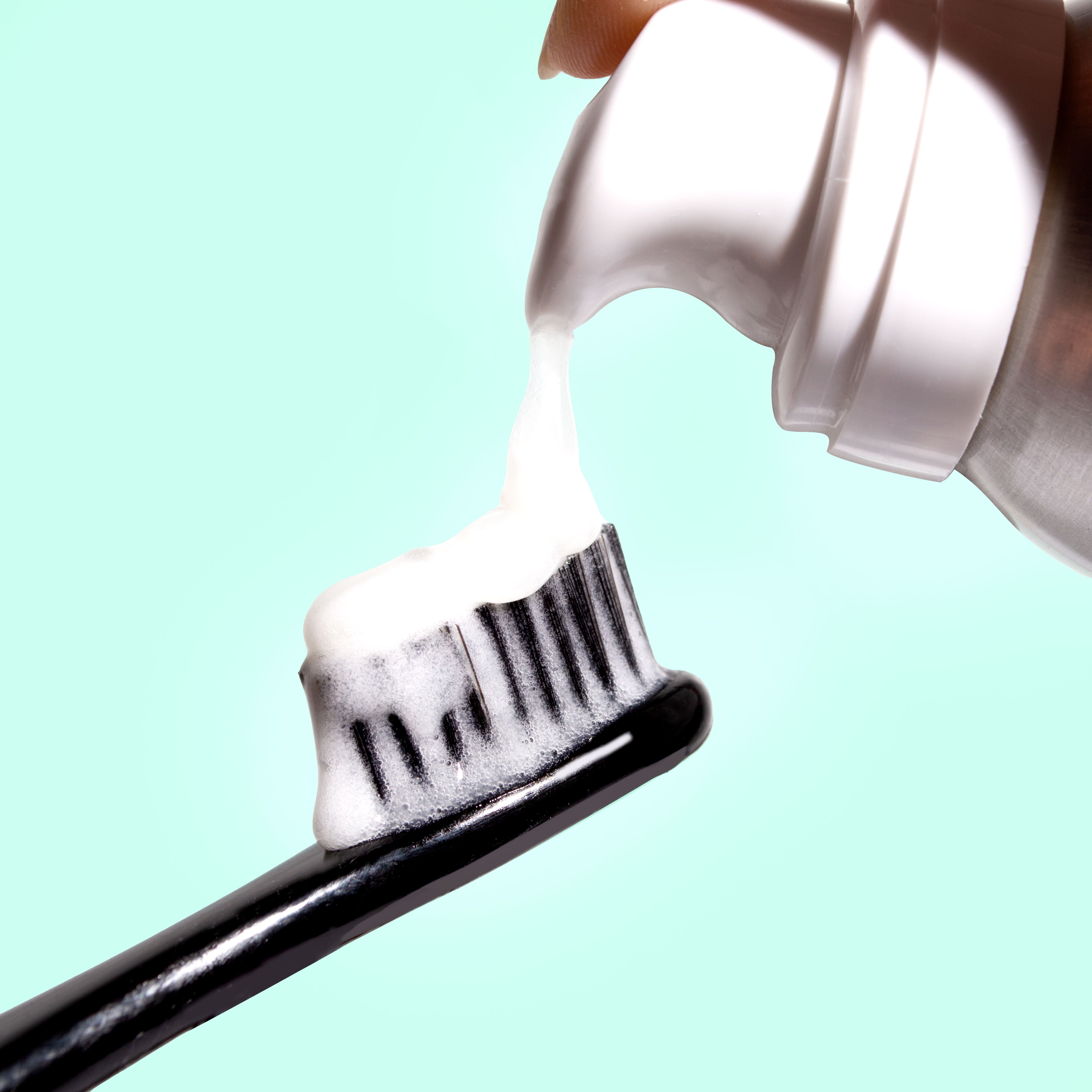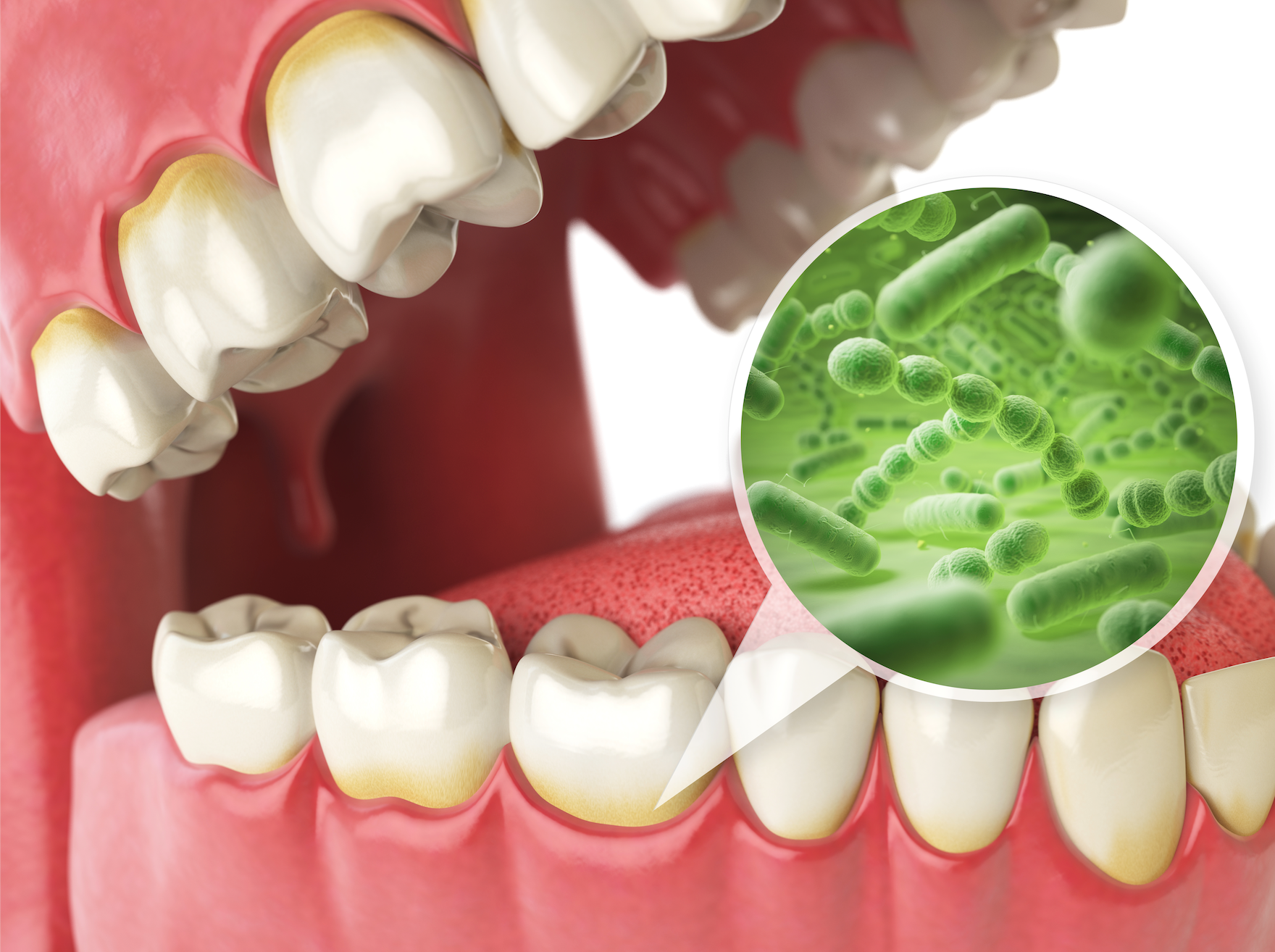
Gum Health Decoded
When most of us think of oral health, we think of our teeth: preventing cavities, reducing decay, and keeping our teeth pearly white. But there’s another vital component of a healthy mouth: strong, healthy gums! Gums influence not only your oral health, but your overall health as well: numerous studies have linked gum inflammation to chronic diseases, including diabetes, health disease, and stroke. In essence, the gums are the root of oral health, so it’s vital to pay attention to them!
To help you properly care for your gums just like you take care of your teeth, we’re breaking down the best practices for gum health and common gum health problems.
What Causes Gum Inflammation?
Healthy gums are firm, pink tissue that keep teeth anchored in the mouth. Unhealthy, inflamed gums can be puffy, swollen, red, and appear to pull away from your teeth. Gums that bleed after brushing or flossing are unhealthy and inflamed. Gum inflammation can be uncomfortable or downright painful, while others notice swelling or puffiness but don’t feel discomfort.
Several factors can compromise gum health, including diet, tobacco use, poor oral hygiene, and compromised immunity caused by other underlying diseases. In addition, certain medications, particularly those that cause dry mouth, can also contribute to gum inflammation.
Common Gum Health Issues
Gum Disease
Gum Disease sounds awfully intimidating, but it is a fairly common issue that can usually be treated. A study from the CDC reports that 47.2% of adults over 30 years old have some form of gum disease. Most of those have the less severe form of gum disease, gingivitis, which is relatively straightforward to treat, while 5-15% have periodontitis, a more severe form of gum disease.
Gingivitis is a mild form of gum disease that typically is characterized by gums that bleed when brushing or flossing. Named after gingiva - the part of the gum surrounding the tooth - gingivitis also appears as swollen, irritated gums. Gingivitis in and of itself is not usually harmful. Still, it is important to treat gingivitis before it develops into a more severe gum disease, which may cause tooth loss and illness. Typically caused by poor oral hygiene, gingivitis can be treated by more thorough brushing and flossing and incorporating a gum treatment.
Periodontitis is a much more serious and harmful form of gum disease. This severe gum infection erodes the gum and can even destroy the bone that supports the tooth, causing tooth loss. Periodontitis is swollen, puffy, bleeding gums, loose teeth, new spaces between teeth and gums, and receding gums. While periodontitis is severe, it is largely the result of poor oral hygiene and, therefore, can be prevented through proper oral health routines like brushing, flossing, and twice-annual cleanings.
Canker Sores
Canker sores are a common but irritating issue. Also called aphthous ulcers, canker sores are small lesions that develop on the gums or side of the mouth that are not contagious. These lesions can be uncomfortable or painful and are often dark pink, red, or white. Canker sores are usually caused by minor injuries from biting the mouth or dental work, hormones, dietary sensitivities, stress, and even some diseases like celiacs disease. Luckily, canker sores are not usually cause for alarm and heal themselves within a few days to a week.
Swollen, Bleeding Gums
Swollen, bleeding gums are common and can be caused by a multitude of factors such as hormonal imbalance, diet, poor dental hygiene, brushing and flossing too harshly, and tobacco use. Women experience more changes to the gums caused by hormones: during ovulation and menstruation, increased blood flow causes gums to swell and redden. While this should not be alarming, keep an eye out for continued swelling, which may indicate a more significant underlying issue. If you’re unsure about the state of your gum health, always consult a dental professional.
Caring For Gums
Brushing and Flossing for Gum Health
Caring for your gums is an essential component of a proper oral hygiene routine. The basics of gum care are similar to caring for your teeth: brush twice daily with a soft bristle brush in circular motions using fluoride toothpaste, and follow by gently but thoroughly flossing in between teeth.
It’s tempting to brush vigorously to remove plaque and get into the gum line. However, forceful brushing at the gums or using bristles that are too abrasive can erode the gums. Gums are soft, delicate tissue that can be pierced and weakened by overly harsh brushing. Instead, choose a toothbrush with soft nylon bristles and gentle circular motions to buff away plaque and remove build-up from teeth and gums to brush correctly.
Similarly, flossing is essential to care for your teeth and gums, but flossing improperly can hurt your gums. Be gentle when flossing and avoid forcing floss into the gums. To avoid damaging your gums, gently wiggle floss in between teeth, focusing on the side of your teeth rather than a straight down motion onto the gums.
In addition to daily brushing and flossing, consider adding a twice-daily deep cleaning and gum restoration treatment to achieve a just-home-from-the-dentist-clean feeling and reverse early-stage gum disease.
Professional Gum Treatments
Remember to visit your dentist for twice-yearly cleanings. Your dentist will be able to assess the condition of your gums, remove plaque and build-up, and recommend any additional treatments. During your cleaning visit, you will likely hear your doctor calling out numbers while prodding your gumline: this is called ‘pocket depth’ and is the rating that they assign to the gums surrounding each tooth. Your dentist needs to track your gum line and note any recession in the gumline, as this is a sign of gum disease and can lead to tooth loss.
If periodontitis is not severe, non-surgical treatments such as scaling, root planing, and antibiotics may be recommended. Scaling is a simple treatment in which tartar and bacteria are removed from the teeth, including below the gumline, using tools, ultrasonic devices, or lasers. Root planing smooths the root surfaces, preventing new bacterial build-up. Antibiotics work for the gums as they do for the body: by helping to inhibit the growth and spread of bacteria. Antibiotics can be oral or topical, applied to the gum line or between the gum and the tooth. However, one drawback to antibiotics is staining of the teeth.







